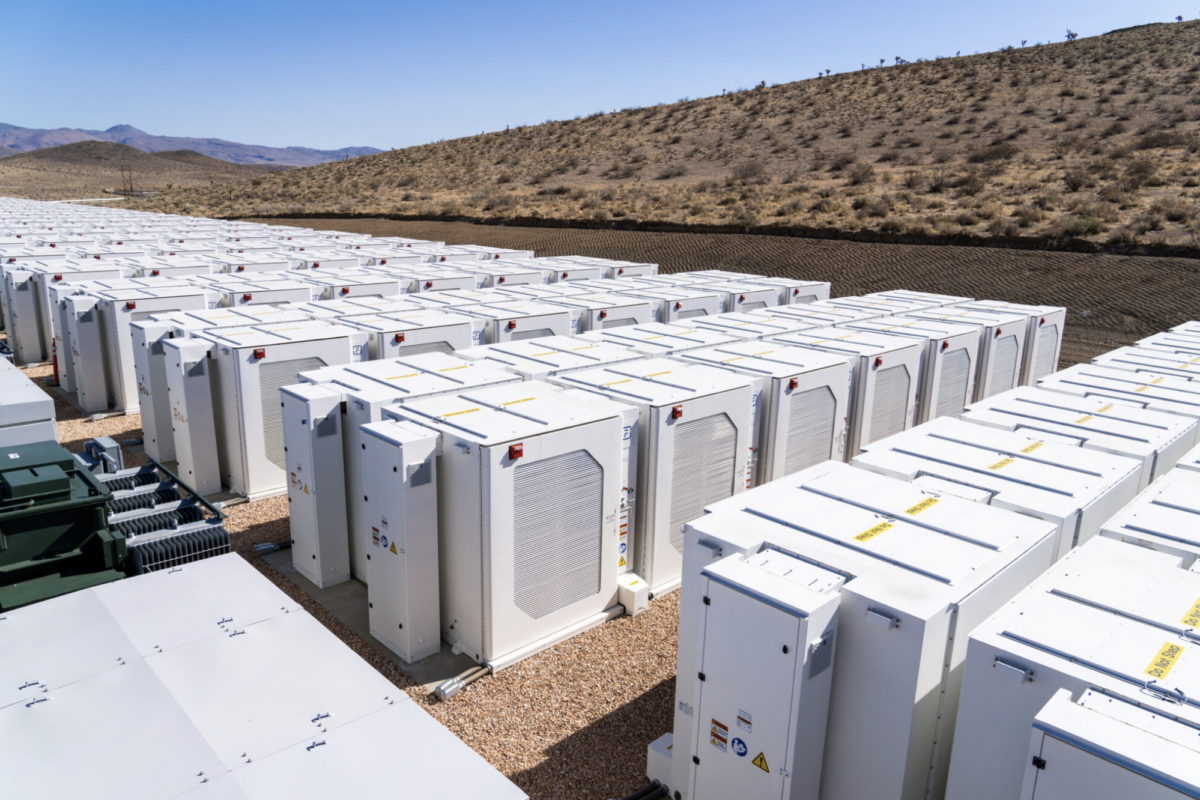Researchers at École polytechnique fédérale de Lausanne (EPFL) and the Swiss Center for Electronics and Microtechnology (CSEM) have produced a silicon-perovskite tandem solar cell with a conversion efficiency of 25.2%.
Crystalline-silicon PV cells are dominant technology, with a global market share of 90%. According to the announcement made by EPFL current conversion efficiencies of 20-22% are unlikely to be improved significantly, due to the theoretical maximum conversion efficiency ceiling – achieved only after years of research.
This necessitates cell manufacturers to look into new technologies, to further increase efficiencies. Layering two different cell architectures one atop another, in a tandem or heterojunction (HJT) is a technique that looks likely to deliver this next level of efficiencies – with HJT cells using a c-Si/amorphous silicon (a-Si) tandem structure the most mature at present.
However, creating an effective tandem structure is no easy task. “Silicon’s surface consists of a series of pyramids measuring around 5 microns, which trap light and prevent it from being reflected. However, the surface texture makes it hard to deposit a homogeneous film of perovskite,” explains Quentin Jeangros, a co-authored a EPFL paper publishing the team's findings.
The second challenge facing tandem cell developers, is how to produce such high efficiency structures in a cost-effective way. Without cost effective productive, large-scale commercialization of tandem technology would be limited.
The researchers from EPFL and CSEM claim that their approach to combine the c-Si/perovskite semiconductors requires only a few additional production steps. The costs of this production method are said to be reasonable, making it a potential candidate for commercialization, in the future – the researchers argue.
“Until now, the standard approach for making a perovskite/silicon tandem cell was to level off the pyramids of the silicon cell, which decreased its optical properties and therefore its performance, before depositing the perovskite cell on top of it. It also added steps to the manufacturing process,” says Florent Sahli, the study's main author.
Scientists at EPFL and CSEM have gotten around that problem by using evaporation methods to form an inorganic base layer that fully covers the pyramids. That layer is porous, enabling it to retain the liquid organic solution that is then added using a thin-film deposition technique called spin-coating. The researchers subsequently heat the substrate to a relatively low temperature of 150°C to crystallize a homogeneous film of perovskite on top of the silicon pyramids.
“By combining the two materials, we can maximize the use of the solar spectrum and increase the amount of power generated. The calculations and work we have done show that a 30% efficiency should soon be possible,” write the study’s lead authors Florent Sahli and Jérémie Werner.
Recently, Solliance demonstrated a conversion efficiency of a perovskite silicon tandem cell of 26.3%. At the recent SNEC, Oxford PV's Chris Case presented a full-size c-Si/perovskite tandem cell, which he claimed was a record-setter in terms of efficiencies.
So, while different research institutes can post ever increasing conversion efficiencies, it will be a matter of costs to see which methods are going to be commercially adopted. Following China's cap announcement BNEF reported that module prices world-wide are likely to drop by 34%. This creates some serious competition for potentially expensive high-efficiency equipment.
According to EPFL, the new cell is compatible with monocrystalline silicon-based technologies, which are gaining traction in the market. “We are proposing to use equipment that is already in use, just adding a few specific stages. Manufacturers won’t be adopting a whole new solar technology, but simply updating the production lines they are already using for silicon-based cells,” explains Christophe Ballif, head of EPFL’s Photovoltaics Laboratory and CSEM’s PV-Center.
At the moment, research is continuing in order to increase efficiency further and give the perovskite film more long-term stability. Although the team has made a breakthrough, there is still work to be done before their technology can be adopted commercially.
The use with monocrystalline silicon-based compounds is said to have positive effects on perovskite cells stability and durability. EPFL, among other research institutes, found that perovskite cells are unstable and show signs of significant power loss after only a few months. About one year ago, EPFL touted that it had tested a perovskite cell for one year without power loss – though the cell had a efficiency of just 11.2%.
This content is protected by copyright and may not be reused. If you want to cooperate with us and would like to reuse some of our content, please contact: editors@pv-magazine.com.



Michael Grätzel thinks perovskite cells can be made stable. Martin Green is more sceptical and has turned to other compounds for tandem cells. A clash of the titans! Nobel Prizes maybe in play! Interesting times.